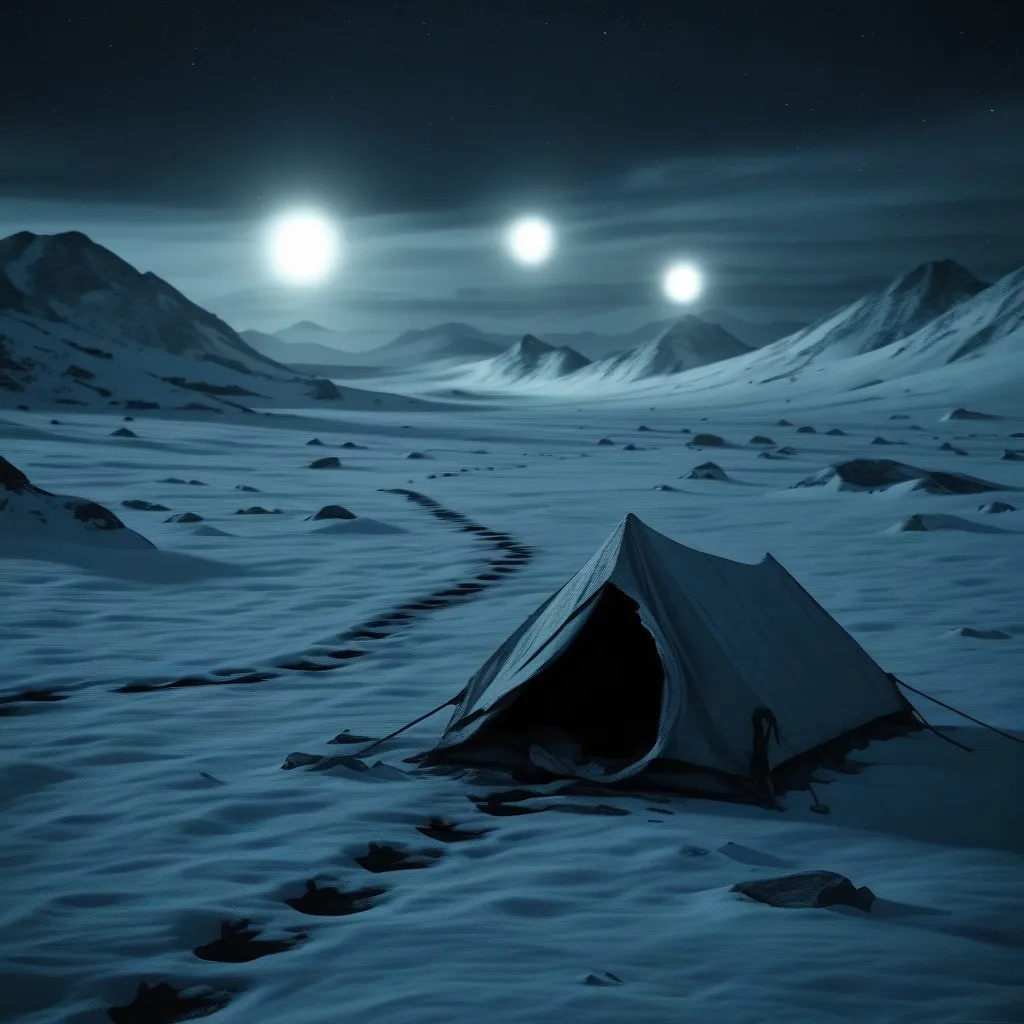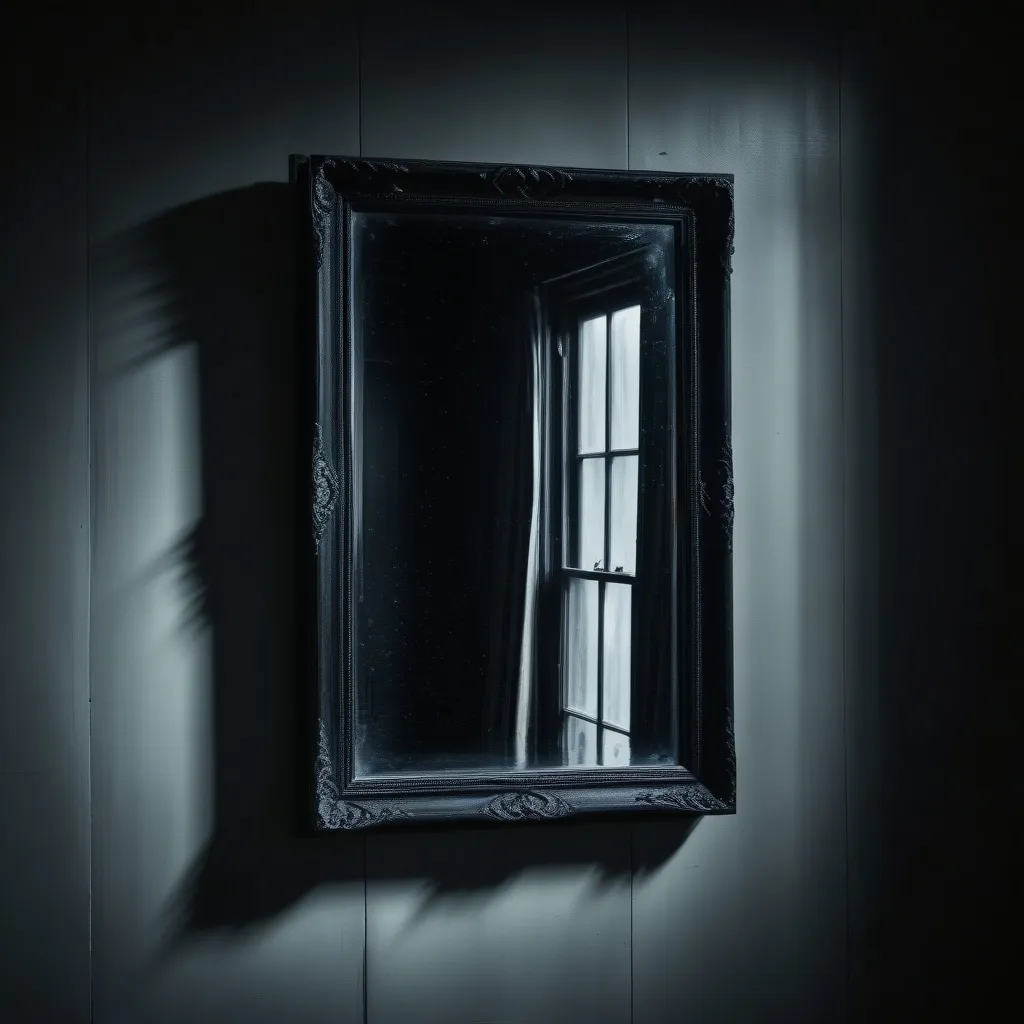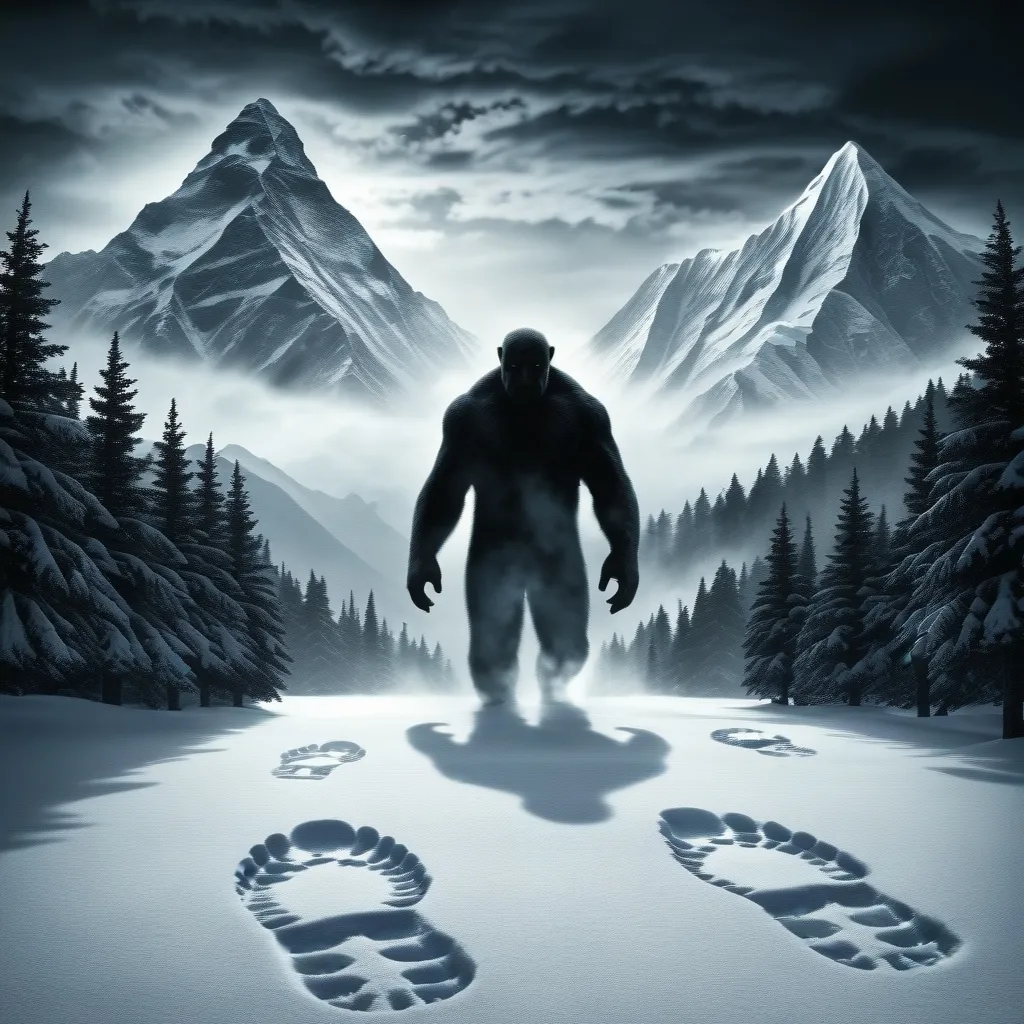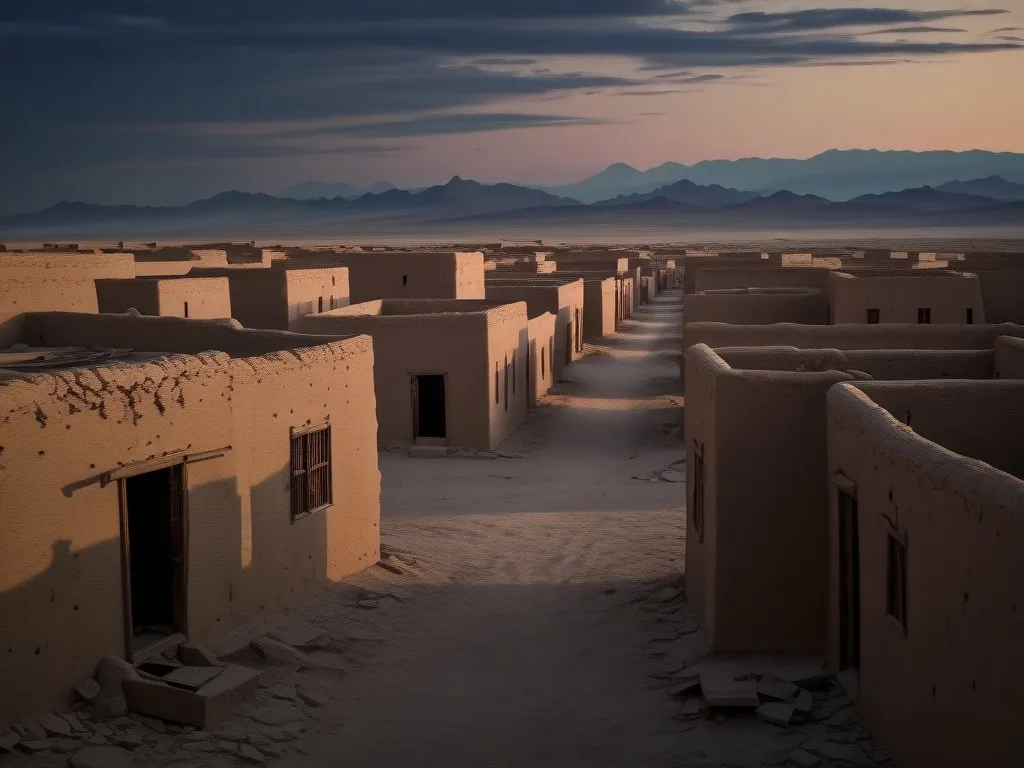The Dyatlov Pass Incident: A Chilling Mystery in the Ural Mountains
Deep in the heart of Russia’s Ural Mountains lies a tale so bizarre and unsettling that it continues to captivate the world decades after it occurred. The Dyatlov Pass incident, as it’s come to be known, is a chilling mystery that has spawned countless theories and left investigators scratching their heads for over 60 years.
Picture this: It’s February 1959, and a group of nine experienced hikers sets out on what should have been an exciting winter expedition. Led by Igor Dyatlov, these young adventurers were students and graduates from the Ural Polytechnical Institute, all skilled in navigating the harsh Russian wilderness. Their goal? To reach the summit of Otorten Mountain, a challenging trek that would test their mettle and potentially earn them the highest hiking certification in the Soviet Union.
But fate had other plans for this intrepid group.
As they made their way through the unforgiving landscape, the hikers decided to set up camp on the slopes of Kholat Syakhl, which eerily translates to “Dead Mountain” in the local Mansi language. Little did they know that this name would prove frighteningly prophetic.
On the night of February 1, something went terribly wrong. The group never made it to their destination, and their families grew increasingly worried as days turned into weeks without any communication. When a search party finally set out on February 20, what they discovered was nothing short of nightmarish.
The searchers first came across the group’s abandoned tent, which had been mysteriously cut open from the inside. Footprints in the snow led away from the campsite, some barefoot, others wearing only socks. It was as if the hikers had fled in a panic, leaving behind their warm clothing and essential gear in the frigid temperatures of the Ural winter.
As the search continued, the bodies of the hikers were found scattered across the mountain slope. Two were discovered near the remains of a small fire, clad only in their underwear. Three more were found between the campsite and the fire, frozen in positions that suggested they were trying to return to the tent. It wasn’t until two months later that the remaining four bodies were uncovered in a ravine, buried under several feet of snow.
But it was the condition of the bodies that truly shocked investigators and continues to puzzle experts to this day. While some of the hikers appeared to have died from hypothermia, others showed signs of severe physical trauma. Fractured skulls, crushed ribs, and internal injuries were found, injuries so severe that one investigator likened them to those sustained in a car crash.
Perhaps the most disturbing discovery of all was the body of Lyudmila Dubinina. Not only did she suffer from crushed ribs and a fractured skull, but her tongue was also missing. This grisly detail has fueled countless theories and speculation over the years, ranging from animal attacks to more sinister explanations.
So, what could have caused this group of experienced hikers to flee their tent in such a panic, leaving behind their only protection from the deadly cold? And what could explain the bizarre and violent injuries they sustained?
Over the years, numerous theories have been proposed to explain the Dyatlov Pass incident. Some are grounded in scientific explanations, while others veer into the realm of the supernatural and conspiratorial.
One of the most widely accepted theories is that the group fell victim to a rare type of avalanche called a slab avalanche. This occurs when a layer of snow breaks away and slides down the mountain, potentially catching the hikers off guard and forcing them to quickly evacuate their tent. Recent studies by Swiss scientists have provided some support for this theory, suggesting that wind-blown snow could have accumulated on the slope above the tent, eventually triggering the avalanche.
However, the avalanche theory doesn’t fully account for all the strange aspects of the incident, particularly the severe injuries sustained by some of the hikers and the missing tongue. This has led to more speculative explanations, including:
-
Infrasound: Some researchers propose that strong winds in the area could have created low-frequency sound waves, causing feelings of panic and disorientation among the hikers.
-
Military testing: Given the Cold War context, some theorists suggest that the hikers may have stumbled upon a secret military test site, leading to their demise.
-
Yeti attack: Local legends of the abominable snowman have led some to speculate about a violent encounter with an unknown creature.
-
UFO encounter: Reports of strange lights in the sky around the time of the incident have fueled theories of extraterrestrial involvement.
-
Katabatic winds: These powerful downslope winds could have caused the tent to collapse, forcing the hikers to seek shelter elsewhere.
While these theories may seem far-fetched, they highlight the enduring mystery surrounding the Dyatlov Pass incident. The presence of radioactive contamination on some of the hikers’ clothing and reports of glowing orange spheres in the sky that night have only added to the intrigue.
The case of Lyudmila Dubinina’s missing tongue remains particularly perplexing. Some experts suggest that it could have been the result of decomposition or animal scavenging, while others argue that the specific nature of the injury points to a more deliberate act.
Despite numerous investigations and the application of modern forensic techniques, the Dyatlov Pass incident continues to baffle experts and captivate the public imagination. In 2019, Russian authorities reopened the case, hoping that advances in technology might shed new light on the mystery. However, their conclusions, which supported the avalanche theory, have been met with skepticism by many who believe there’s more to the story.
For the families of the victims, the lack of a clear explanation has been a source of ongoing pain and frustration. The incident has become deeply ingrained in Russian culture, much like the Roswell incident in the United States, with many refusing to accept official explanations and instead clinging to more sensational theories.
The Dyatlov Pass incident serves as a stark reminder of the power of nature and the limits of human understanding. It challenges our perception of safety and control in the wilderness, showing how quickly things can go wrong even for experienced outdoorsmen.
Moreover, this enduring mystery speaks to our fascination with the unexplained. In a world where technology and science seem to have an answer for everything, the Dyatlov Pass incident stands as a haunting reminder that there are still secrets out there, waiting to be unraveled.
As we reflect on this tragic event, we’re left with more questions than answers. What really happened on that cold February night in 1959? What caused nine capable young people to flee their tent in terror, abandoning their only protection against the deadly cold? And what could explain the violent injuries and missing tongue?
Perhaps it’s the very lack of a definitive explanation that keeps us coming back to this story. It taps into our primal fears of the unknown and our desire to make sense of the senseless. The Dyatlov Pass incident reminds us that sometimes the most profound mysteries are those that we cannot fully explain, and it is in these unexplained events that we find the deepest fascination and horror.
As the years pass, the Dyatlov Pass incident continues to intrigue new generations of mystery enthusiasts and amateur sleuths. It serves as a chilling reminder of the unpredictable nature of the wilderness and the fragility of human life in the face of extreme conditions.
Whether we ever uncover the full truth of what happened on that fateful night in the Ural Mountains remains to be seen. But one thing is certain: the Dyatlov Pass incident will continue to haunt our collective imagination for years to come, a testament to the enduring power of unsolved mysteries and the human desire to understand the inexplicable.






